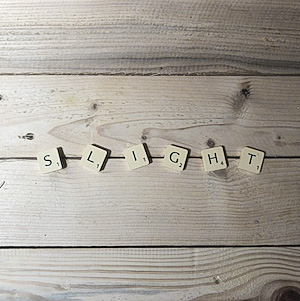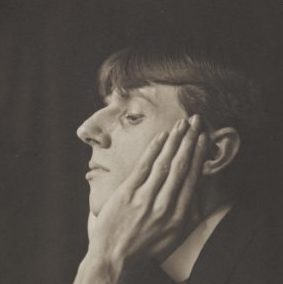Vamp: La Femme Fatale In Literature
By Catarina Wilk
Magic. Mysterious. Demoniac. Dangerous. Almost supernatural. Vampy. C’est une femme fatale!
The figure of the fatal female figure has been and still is a character that regularly reoccurs in cinema, visual arts and of course, in the wonderful world of literature. Apparently, poems, novels, folk tales and other literature genres seem to be highly interested in this specific phenomenon.
At this point, the question arises: what kind of characteristics make a female character fatale and why is she so fascinating to authors, poets and other creatives?
In short, a femme fatale tries to achieve her hidden purpose by using her feminine sexuality in order to achieve her goals. Her staggering beauty, her irresistible charm and sexual allure make her dangerously powerful.
In contrast to that, other fatal female figures make use of lies and coercion (which is just as dangerous!). Either way, a true femme fatale gets what she wants. That is certain!
To start off, the fascination about the femme fatale immensely flourished especially in the Romantic period. English Romantic poet John Keats (who was definitely one of the most important poets of this particular time period along with Lord Byron and Percy Bysshe Shelley) had a strong impact on how we define a fatal female. His famous poem La Belle Dame Sans Merci can be seen as the ultimate example of the early idea of a femme fatale.
“I met a lady in the meads,
Full beautiful—a faery’s child,
Her hair was long, her foot was light,
And her eyes were wild.“
(excerpt of La Belle Dame Sans Merci (1884) by John Keats)
The figure of La Belle Dame Sans Merci is a beautiful lady…without pity. She attracts men only to destroy them by her supernatural power. Keats creates a woman who is not only extremely fascinating, very beautiful and erotically attractive, but she also has a strong desire to kill.

La Belle Dame Sans Merci by Frank Cadogan Cowper
Without any doubt, Oscar Wilde’s Salome (or Salomé in french) is one of the writer’s most famous tragedies and Salome, Herod’s stepdaughter, is another woman who can be considered as another example of a true femme fatale.
LE JEUNE SYRIEN
Comme la princesse Salomé est belle ce soir!
LE PAGE D’HÉRODIAS
Regardez la lune. La lune a l’air très étrange. On dirait une femme qui sort d’un
tombeau. Elle ressemble à une femme morte. On dirait qu’elle cherche des morts.
(french excerpt of Salomé by Oscar Wilde)
Whereas the young man is totally mesmerised by Salome’s beauty, Herod has already noticed her affinity in terms of death. In the end, John the Baptist is Salome’s victim and she confronts him with her desires to fulfill her needs which are deadly. After demanding the prophet’s decapitation, she kisses his head…which lies on a silver platter.

Salomé. Oscar Wilde (french Version). illustrated by Aubrey Beardsley.
A rather modern version of a femme fatale is definitely Laura Lippman’s female character Heloise Lewis in And When She Was Good: A Novel.
Laura Lippman novel is about “a woman with a secret life who is forced to make desperate choices to save her son and herself. In the comfortable suburb where she lives, she’s just a mom, the youngish widow with a forgettable job who somehow never misses a soccer game or a school play. In the state capitol, she’s the redheaded lobbyist with a good cause and a mediocre track record. But in discreet hotel rooms throughout the area, she’s the woman of your dreams — if you can afford her hourly fee.”
As you can see, la femme fatale is fascinating…






